A Tetra is any member of a large group of fishes in the taxonomic order Characiformes. Researchers divide them into three different families, the Alestidae, Characidae, and Lebiasinidae. They currently recognize over 100 different species in the three families. People keep several of these species as popular aquarium fish. Read on to learn about the Tetra.
Description of the Tetra
The Tetras come in a variety of shapes and sizes. Generally, these fish are small, with bodies that flare out at the midsection. This gives them a diamond-shaped body. All of the various species possess a small fin between their dorsal fin on their back and their tail fin.
Exact size varies based on the species. However, most measure about an inch long and weigh just a few grams.
Interesting Facts About the Tetra
There is such a wide variety of species in this group that it is difficult for us to pick just a few interesting facts! Instead, learn a little more about a few individual species, below.
- Rainbow Tetra – This little fish lives in Central and South America. You can spot this species by looking for the dark strip that runs from its gills to its tail fin. It is a peaceful fish that gets along with a wide variety of other species in aquariums.
- False Neon Tetra – These fish get their name because of their resemblance to the related neon Tetra However, if you compare the two, this species has a smaller body and its coloration is not as pronounced.
- Neon Tetra – The brighter cousin of the false neon, this species has quite distinguishable features. It has iridescent bright blue scales on the upper half of its body, and red scales on the lower half.
- Bleeding Heart Tetra – Despite the name, this species has bright red coloration on more than just its chest. It has red scales on its head and down the top of its back. You can find this species in the Amazon River Basin.
Habitat of the Tetra
The various species live in a wide range of habitat types. You can find them in streams, rivers, ditches, creeks, floodplains, and more. Each species has its own unique preferences.
Some live in a handful of specific habitat types, while others occupy a range of different habitats. Many live in regions with submerged vegetation.
Distribution of the Tetra
As is the case with habitat, these fish live in a variety of different regions. Some live across vast areas while others live in a single river system.
Each has its own specific range and distribution, though some species do overlap with the populations of others. You can find the various species in Central America, South America, and Africa.
Diet of the Tetra
Such a wide range of creatures inevitably feed on an immense variety of items. Most species have omnivorous diets, which means that they eat both plant and animal matter.
Based on their small size, the carnivorous portion of their diet primarily consists of invertebrates. Some common food items include algae and plants, insects, insect larvae, plankton, worms, and more.
Tetra and Human Interaction
Humans interact with these fish in a number of different ways. People keep many different species as pets in home aquariums. Additionally, human activity adversely impacts some species.
Habitat destruction, pollution, and climate change all impact these fish and their natural ecosystems. Some species face population decline due to these impacts, while others have stable populations.
Domestication
People have not domesticated these fish in any way.
Does the Tetra Make a Good Pet
Some species in this group do make good pets. People house them in aquariums, and many mix well with other fish species. However, it is important that you always purchase captive-bred fish. Animals captured from the wild can spread disease to your other fish and deplete wild populations.
Tetra Care
The specific needs of these fish vary drastically based on the species at hand. The size, diet, natural habitat, and social behavior all impact how you keep these fish.
Generally, you need moderately sized aquariums to house these small fish, but you must keep them in schools to meet their social needs. Most also thrive on a commercially produced fish food.
Behavior of the Tetra
As you might expect, this group has quite variable behavior depending on the species. However, the vast majority live in schools. Outside of individual hierarchies and social behaviors, these fish typically live simple lives. They spend their time foraging for food and avoiding predators.
Reproduction of the Tetra
Breeding rates and behaviors vary drastically based on the species as well. The species, as well as the age and size of the fish, all impact how many eggs they produce. However, as a whole this group reproduces via spawning. In spawning, the females release their eggs, the males release their sperm, and fertilization occurs outside of the animal’s body.


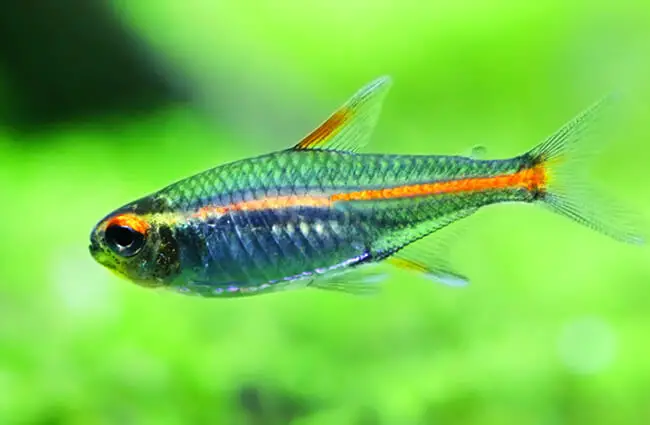
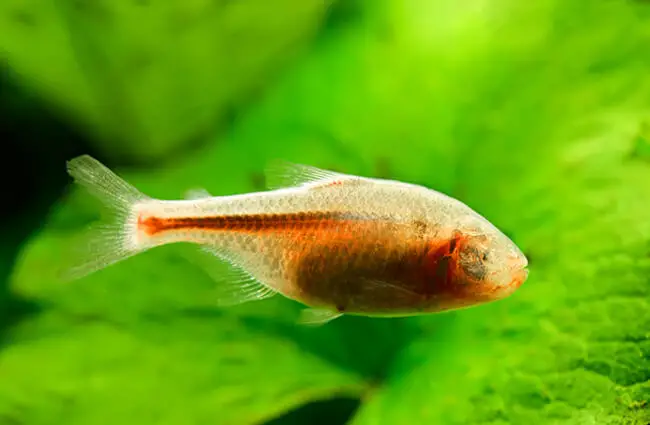
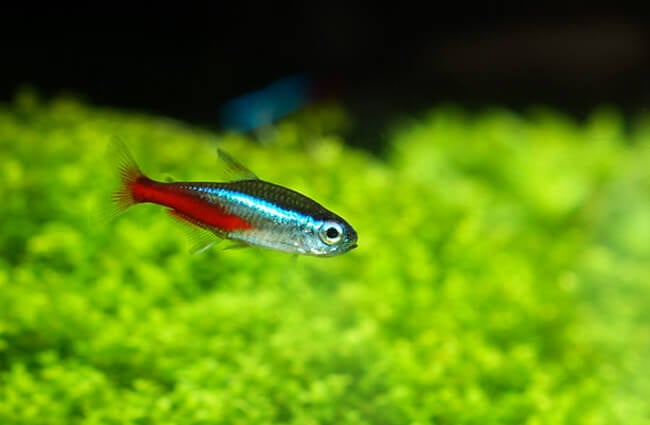
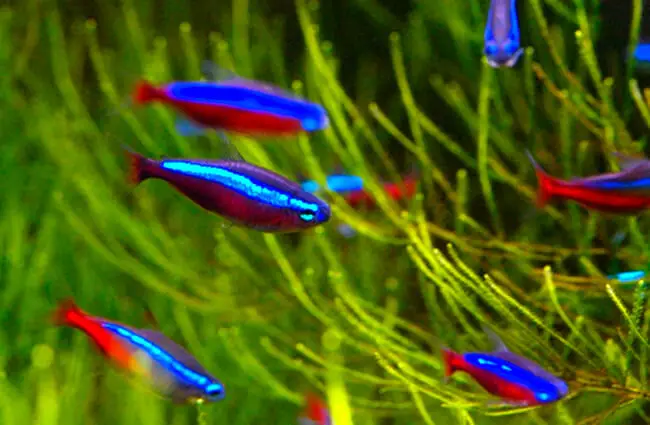
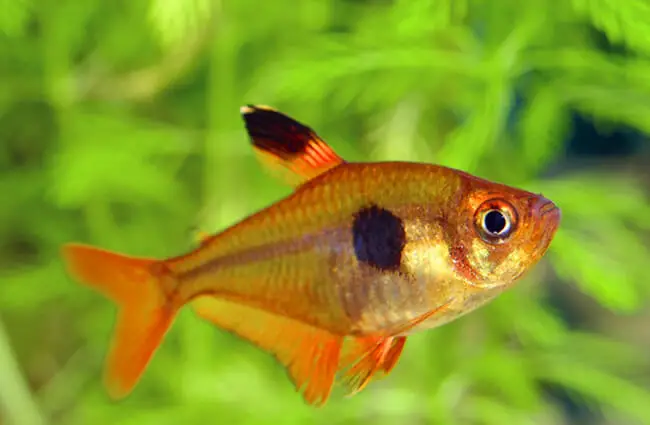
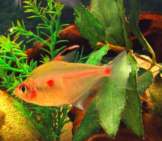
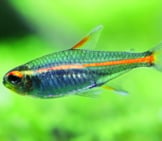
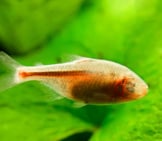
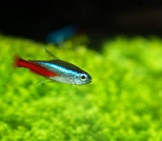
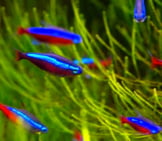
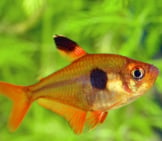
![Red Angus Closeup of a beautiful Red Angus cowPhoto by: U.S. Department of Agriculture [pubic domain]https://creativecommons.org/licenses/by/2.0/](https://animals.net/wp-content/uploads/2020/03/Red-Angus-4-238x178.jpg)












![Red Angus Closeup of a beautiful Red Angus cowPhoto by: U.S. Department of Agriculture [pubic domain]https://creativecommons.org/licenses/by/2.0/](https://animals.net/wp-content/uploads/2020/03/Red-Angus-4-100x75.jpg)

